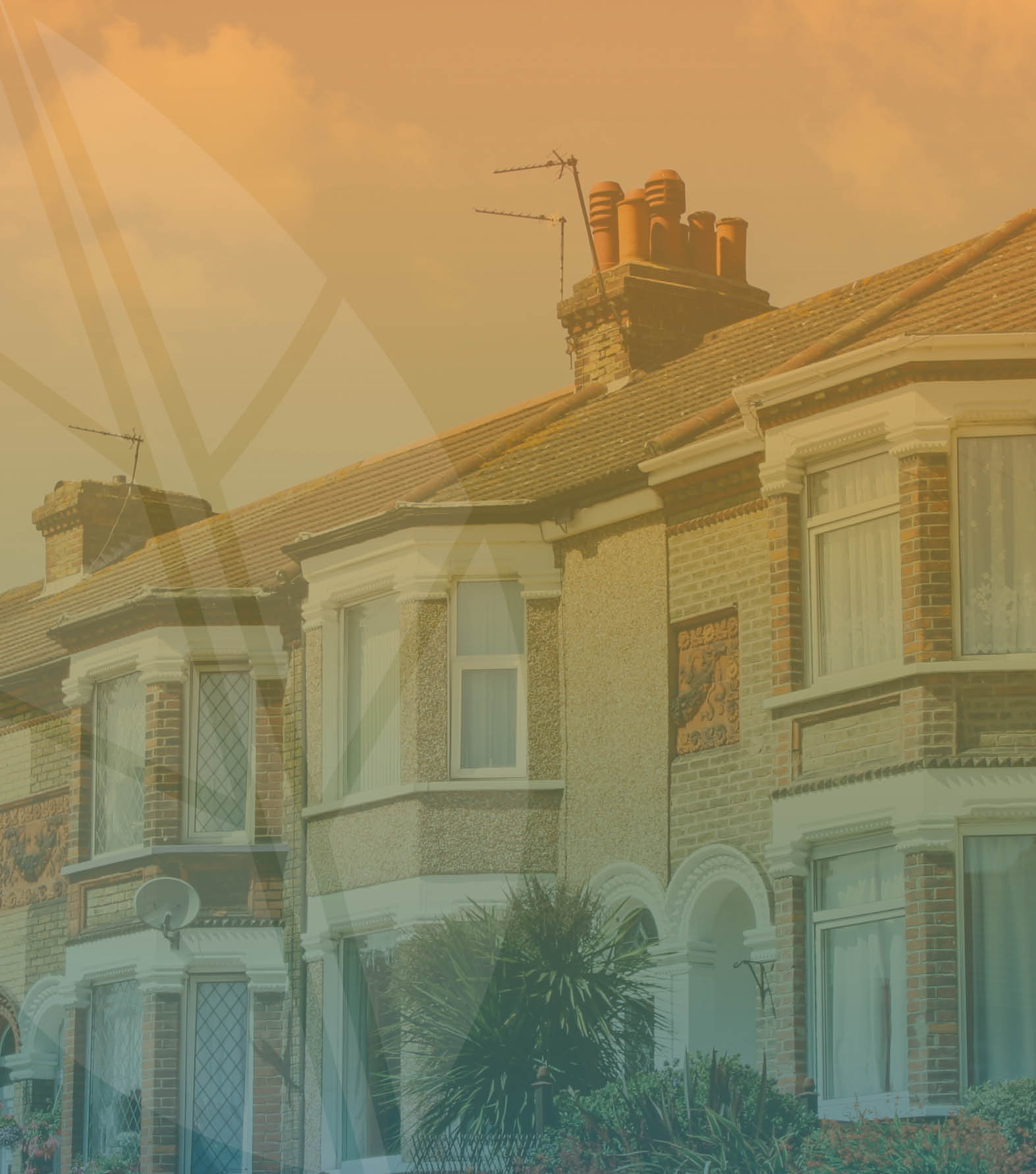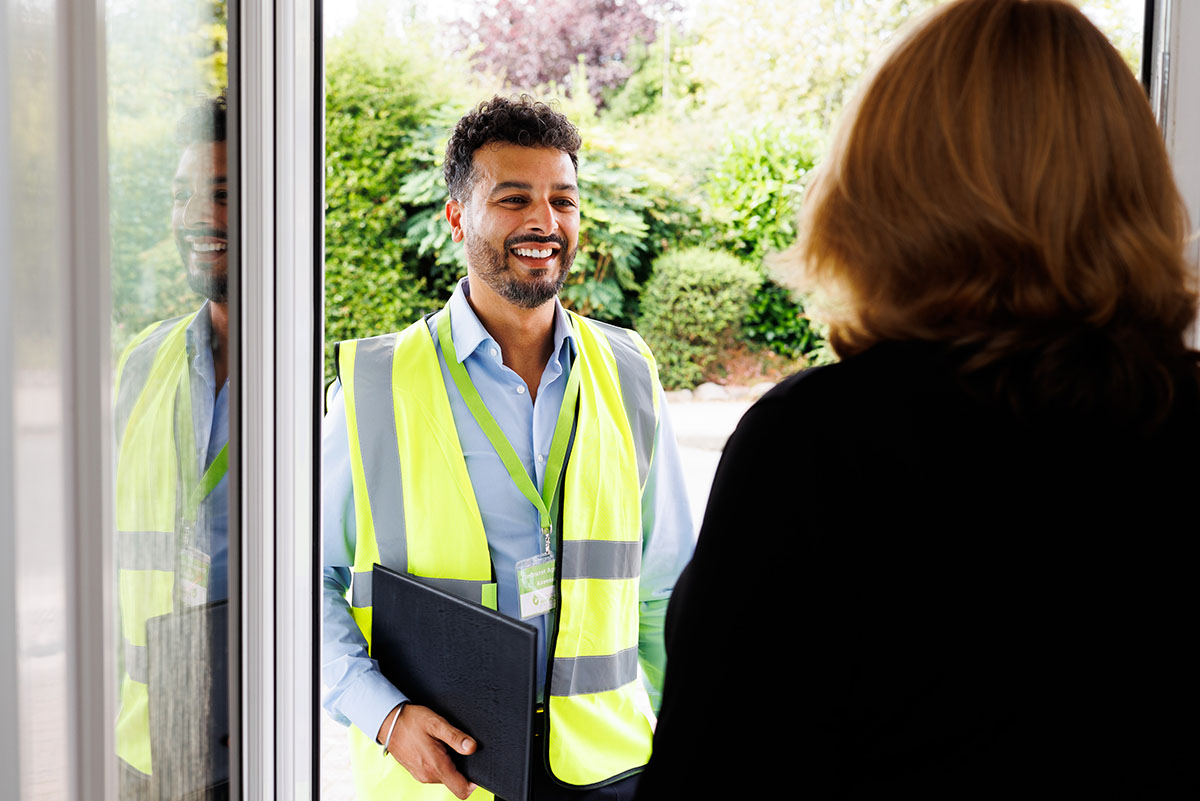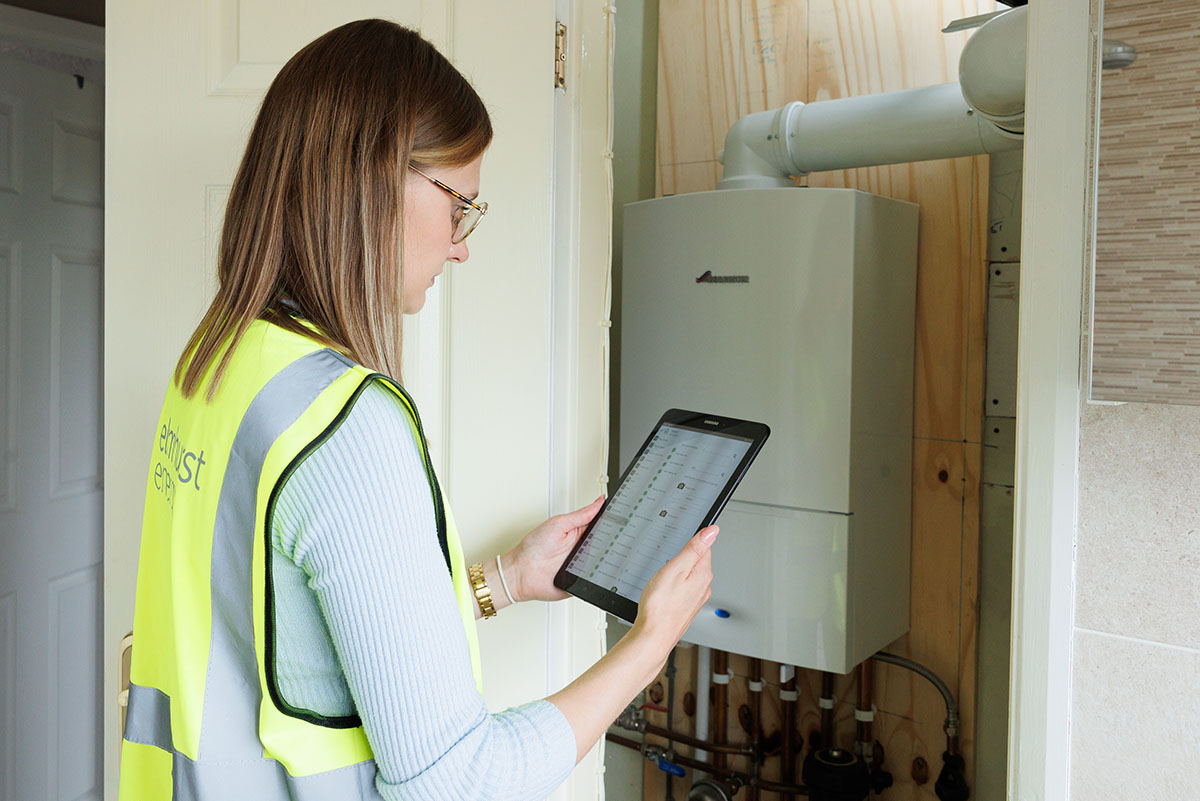Enhance your Retrofit knowledge and expand your services with the ABBE Level 3 Award in Energy Efficiency for Older and Traditional Buildings. With almost a quarter of the Retrofit market in this category, this is an essential qualification for aspiring and qualified Retrofit professionals.
This is the only on demand course of its kind in the industry and takes into account the latest research and developments, including PAS 2035.
✅ Expand your existing services to a new and in-demand market.
✅ Develop new specialist knowledge and skills.
✅ Support the drive to net zero.
ABBE Level 3 Award in Energy Efficiency for Older and Traditional Buildings (On Demand)
Elmhurst’s Older and Traditional Buildings course is the only on demand course of its kind in the industry, allowing energy and retrofit professionals to access and complete it at their own pace. The course contains 15 modules, with case study’s which we anticipate will take learners anywhere between 10-15 hours to complete.
BOOK COURSE >
Why Provide Older and Traditional Building Assessments?
Our brand new course delivers full guidance and awareness for assessing and identifying energy efficiency improvement measures within old and traditional buildings. It will equip you with the knowledge and skills required to work on older and traditional buildings in line with the PAS 2035 and PAS 2038 standards.
This is an increasingly essential skill for Retrofit Assessors and will enable you to:

Expand Your Retrofit Services
With around a quarter of the UK retrofit market considered old and traditional buildings, this course will allow you to expand your services to a whole new and in-demand market. This is more essential than ever as the country continues its drive to net zero.

Gain Specialist Knowledge and Skills
- Recognise the key characteristics of old and traditional buildings.
- Understand essential information, such as a property’s age, heritage values and significance.
- Assess options for the introduction of energy efficiency measures.
- Provide recommendations and give advice for the installation of energy efficiency measures.
Why Choose Elmhurst for this Training?
Elmhurst’s Level 3 Award in Energy Efficiency for Older and Traditional Buildings is the only on-demand course of its kind in the industry. This makes it perfect for those looking for a course to work around their schedule. With our brand-new course, you will:
✅ Leave feeling confident– Finish the training feeling confident that you can put theory into practice.
✅ Learn in your own time and space– Undertake the training at a time and place that suits you.
✅ Get support beyond the training– As the UK’s largest government approved energy assessor scheme, we can provide technical support to you, not only during your training but also long after you’ve completed it.
At Elmhurst, we strive to equip individuals with the skills and knowledge required to deliver quality energy and retrofit assessment services. Since 1993, we have trained thousands of individuals and have evolved our courses to reflect the changing landscape of training delivery and energy and retrofit assessment.
This course is ideal for Domestic Energy Assessors (DEAs), Retrofit Assessors and anyone working within the PAS 2035 framework, where Risk Path B & C assessments are required on protected and traditional buildings.
The course is split into 15 modules, and also contains further resources and case studies to support your learning journey. We estimate that it could take anywhere between 10 and 15 hours to fully complete.
Yes, this qualification has been specifically developed to meet the requirements laid out in PAS 2035 when assessing traditional and protected buildings.
PAS 2035:2019 is the overarching British standard for Retrofitting dwellings for improved energy efficiency.
Put simply; it provides specifications and guidance for the retrofit of domestic buildings and details best practice guidance for domestic retrofit projects.
What makes PAS 2035 different is the approach to the retrofit process, which is considered to be ‘whole house’ or ‘whole building’ retrofit. This approach considers the home, environment, occupancy and the householders’ improvement objectives when determining the most suitable installation measures. It also eliminates the issue of retrofit work being considered in isolation which can unintentionally damage the overall building performance.

